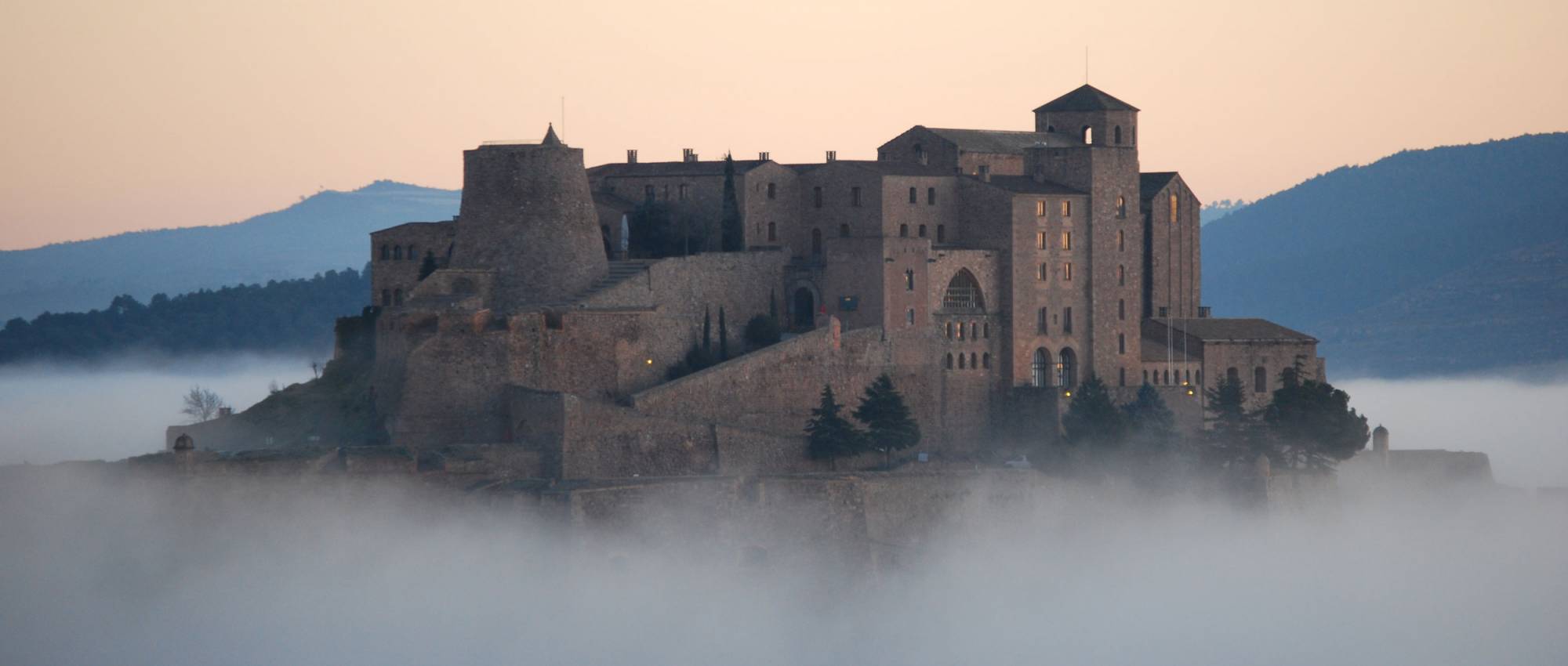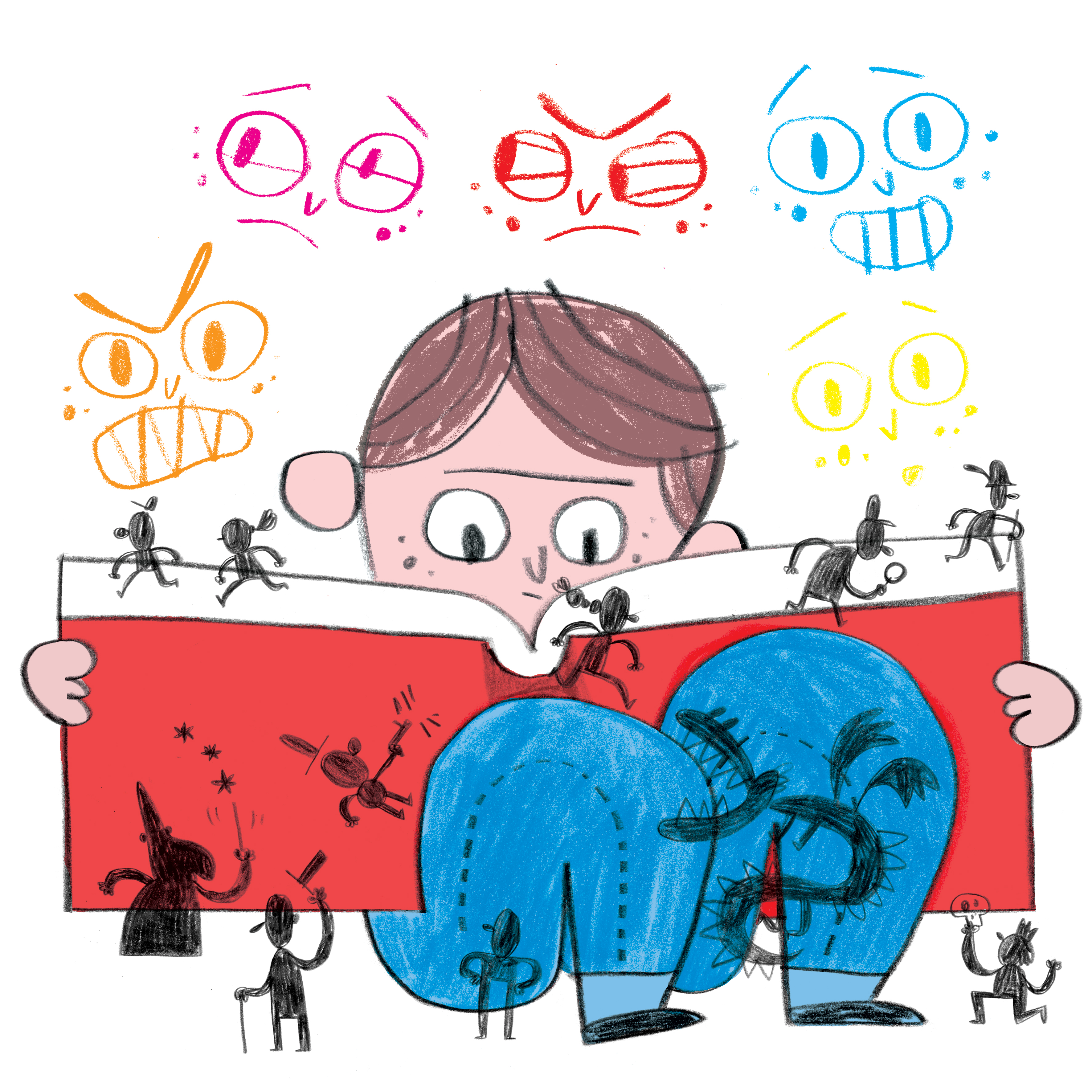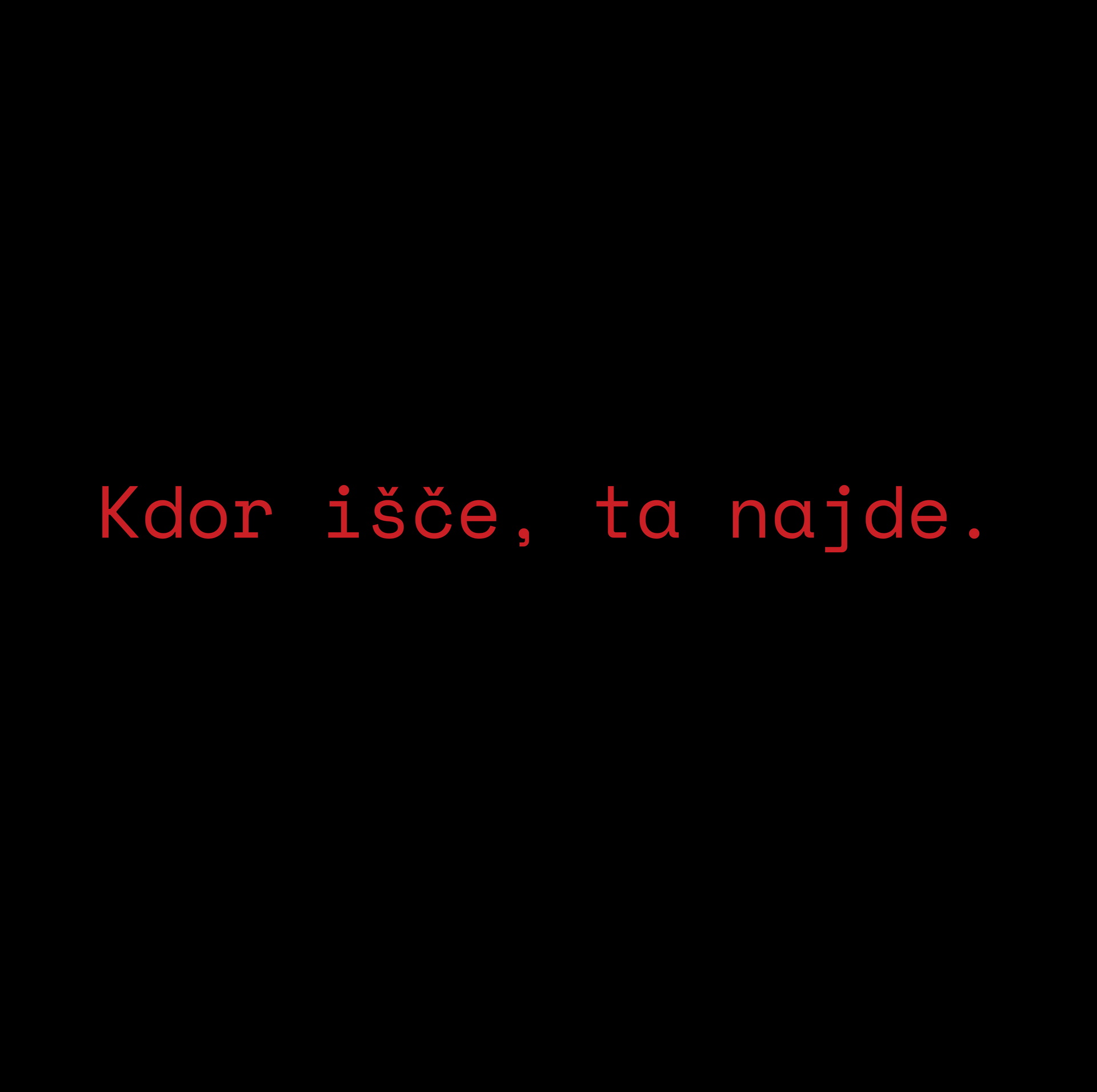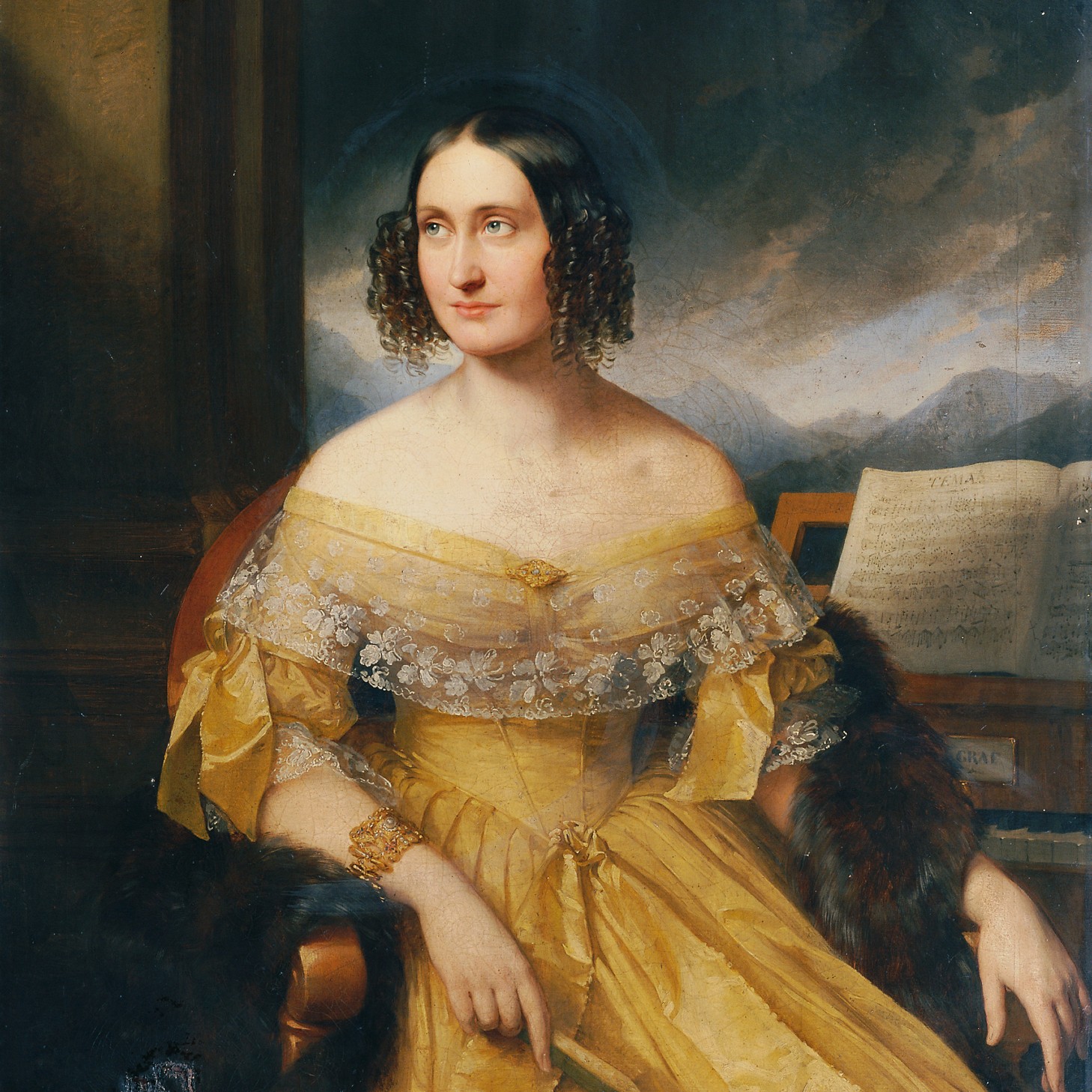The current movement to separate Catalonia from Spain is the latest episode in a fraught history stretching back to the Middle Ages. In 2017, a referendum on independence attracted a large majority of affirmative votes. However, the Spanish state had declared the holding of such a referendum illegal and, as a result, the rate of participation was very low, especially among non-nationalists. Having attracted immigrants from other, poorer parts of Spain and recently from other countries ranging from Romania to Bangladesh, Catalonia has a substantial number of inhabitants who do not consider themselves Catalan or who do not speak the Catalan language at home. In particular, the poorer surrounding areas of Barcelona, formerly gritty centers of industry and still crowded with poorly-constructed apartment buildings from the 1950s to 1970s, are home to a large number of Castilian (i.e. Spanish)-speaking citizens whose attachment to Catalonia does not reach the level of support Catalan-speakers feel for independence and nationalist grievances. Polls show the country evenly divided between pro- and anti-independence and in the ensuing political stalemate, the rest of Spain has seen the rise of a vigorous right-wing nationalist movement, organized as the Vox party, that has profited from widespread anti-Catalan sentiment. The result of the illegal vote was the arrest and detention of many of the leaders of the local government and other leaders of what the central government in Madrid considered to be a rebellion.
In certain respects, the creation of modern Catalan nationalism has parallels with the experience of Slovenia. In 1833, the same year as the publication of France Prešeren's "Sonetni Venec" ("A Wreath of Sonnets"), a poem entitled "Oda a la Pàtria" ("Ode to the Fatherland") appeared in the progressive journal El Vapor. The author, Bonaventura Carles Aribau, exalted the Catalan nation and its glorious history, and he did so in the Catalan language. Just as educated people in Slovenia wrote in German, cultivated Catalans expressed their published opinions in Castilian. At first glance Slovenia and Catalonia seem to conform to Miroslav Hroch's dictum that modern revivals of "minority" languages (that is, languages spoken in a particular section of a larger state) always start as literary movements. The belief that those who speak the language form a nation and deserve recognition as such is an outgrowth of the people's embrace of a previously elite assertion. But it is clear that national sentiment can grow even as the language dies. In Ireland and Scotland, attempts to preserve Irish and Gaelic for all but a tiny remnant failed even though the Romantic era succeeded in reviving a national identity. Elsewhere a feeling of difference persisted, but the language failed and no powerful independence movement developed. Provence and Brittany are examples. Which linguistically distinct groups have succeeded in achieving independence and which not is inconsistent and unpredictable. Catalans were astounded that Estonia and Slovenia, in 1989 and 1991 respectively, could go from subordination to a larger empire, from federation to independence so quickly, while they were still trying to negotiate with Spain for mere autonomy.
The language issue has been crucially important in the history of Catalonia and its political assertion. After centuries of marginalization in favor of Castilian, Catalan in the late-nineteenth century began to be used increasingly in public life. It achieved the status of an official language of government from 1913 to 1925 under the limited autonomy of what was called the "Manucomunitat" (commonwealth) and again during the Second Republic of 1931-1939. With the dictatorship of Francisco Franco, 1939-1975, the use of Catalan was severely circumscribed. Almost nothing was published in Catalan until 1947, and Castilian was required as the language of instruction in all school education until the early 1970s. Although the regime liberalized some of its linguistic repression over these thirty-five years, until Franco died there were no Catalan newspapers, television programs, or magazines (with one exception, Serra d'Or a popular journal put out by the monastery of Montserrat beginning in 1955). The process of democratization since Franco's death, and especially the advent of formally recognized autonomy in 1979, has meant that Catalan is now the preferred and in some respects mandatory language, taught to native and non-native Catalans in school and the only medium for station announcements in the Barcelona Metro.
In the late-twentieth century, Catalans began to complain that they felt chronically underserved by the central government in Madrid while their Catalan taxes were going to support less productive regions. On the other hand, the integration of Spain into the European Union, prosperity and the global recognition of Catalan accomplishments ranging from architecture to comics to cuisine, created what seemed to be a workable compromise between a unitary state directed from Madrid and de facto freedom of Catalan cultural expression and economic gain. This compromise has broken down in the twenty-first century for reasons that have to do with de-industrialization, globalization, immigration, and the dire economic contraction that began in 2008.
The immediate reasons for the Catalan independence movement and its unpromising future do not need to detain us. It is worth exploring, however, the exaggerated role attributed to linguistic history. Once divorced from the Romantic-era equivalence of nation and language, one can begin to determine what national identity actually represents. This is because Hroch's model in fact does not apply to Catalonia as its inhabitants never lost the use of the language, despite regarding Castilian as the linguistic medium for progress and modernity for most of the nineteenth century.
The conventional picture of the recent history of the Catalan language is one of centuries of "decadència" followed by a Renaissance ("renaixença") beginning with Aribau's poem. The decadence is considered to have reached its depth during the eighteenth century after the Bourbon triumph over the Austrian Habsburgs in 1714. The disastrous siege of Barcelona, 1713-1714, ended the War of the Spanish Succession, and the Catalans, supporters of the vanquished Austrians, lost their traditional laws, intermediate governmental bodies, even their old universities in the aftermath. It is significant that as with Serbia and Kosovo, the symbolic and universally recognized battle is a terrible defeat. September 11, the day Barcelona finally capitulated in 1714, is the national holiday.
The Bourbon rulers attempted to impose an absolutist model of uniformity and centralization. The use of Catalan in print was relegated to elementary religious and school instruction. Affairs of government and higher education and the production of serious literature were all in Castilian. Literary works in Catalan were generally comical or sentimental portrayals of everyday life.
Under these circumstances, the preservation of Catalan might appear to be an extraordinary accomplishment when, as indicated earlier, in northern Europe Celtic languages and in the Mediterranean regions minority Romance languages withered under the influence of not only state regulations but economic growth, out-migration, technology, and educational opportunities. In fact, as scholars now agree, there was actually no period of Catalan decadence in the sense of linguistic disuse. Catalan was never a mere rural or rustic language. The wealthiest members of the Catalan elite spoke Catalan among themselves, not merely to their servants. Rather than the sort of situation in which peasants were identified with one language and their lords or the bourgeoisie with another, Catalan was part of a pattern of diglossia, where two languages are used for different purposes, usually one for writing and another for speaking. This differs from bilingualism where people alternate (as is common among younger immigrants) or what transpires in some monolingual countries where everyone knows almost perfectly a specific foreign language that has nothing to do with its institutions (for example, in Sweden, where all government and private discussions are in Swedish, but everyone is well-acquainted with English).
The Enlightenment philosopher and economist Antonio de Capmany observed in 1779 that Catalan was "dead to the republic of letters," and all his writings were in Castilian, while in private discourse he and other members of his class used Catalan all the time. What was revived in the nineteenth century was the status of Catalan as a cultivated, literary vehicle and not a language threatened with extinction or even decline.
If there was no real decadence, what did the so-called Renaissance in fact revive? It looks as if there was no actual literary renaixença either, certainly not a literary one, that could be given credit for a later nationalist movement. Everything published by Aribau, the author of "Ode to the Fatherland", other than that one poem, was in Castilian. There was no substantial production or circulation of literature or essays in Catalan until more than forty years after the "Ode" was published. Catalan intellectuals of the late eighteenth and early nineteenth century, far from attempting to restore their region or nation by means of reviving the public use of the language, devoted themselves to strengthening the Spanish state and its institutions. Their plans were for Catalonia – prosperous, precocious in industrialization, European-looking – to lead Spain out of poverty and superstition. Catalonia would be the motor for national modernization. The fact that progressive intellectuals such as Capmany wrote in Castilian to advance the economic and institutional progress of Catalonia has some parallel with Valvasor's praise of Carniola (the central part of what is now Slovenia) in 1689, written of course in German. In both cases, the vernacular was not considered a medium of learned communication. For Catalonia and its language, however, two distinctions separate it from most other models of minority languages and national movements: a history of earlier prominence as a literary and court language, and a history of relative wealth.
There was never an independent nation called Catalonia. The counts of Barcelona became, through marriage, kings of Aragon in the twelfth century. Although they took the superior royal title, the resulting polity was weighted demographically, culturally, and politically to Barcelona and its hinterland. Catalan was used by royal officials and it was a great literary language for poetry, history, romances and didactic writing, understood in many other parts of Europe.
With the union of Aragon and Castile in 1492, Catalan ceased to be the language of the royal court, and one can trace the decline of Catalan as a language of book publications from the sixteenth century onward. Catalonia retained certain political rights and its officials were careful to use Catalan in their exchanges with emissaries such as viceroys from Madrid (who of course answered in Castilian). It was these vestigial rights and customs that the Bourbons suppressed after 1714.
The nationalist revival of the nineteenth and twentieth centuries exalted the Middle Ages and elaborated an imagined but vivid community of a civilization that had rivaled Genoa and Venice for control of the Mediterranean, that built some of the finest Romanesque architecture, that elaborated works of piety, romance, humor, and courtesy. To some extent, this reflected European-wide Romanticism as a response to such de-stabilizing developments as industrialization, but unlike Scotland, Ireland, the Tyrol or Corsica, Catalonia was richer than its rulers. The rapid growth of textiles and other industries made Catalonia the most economically powerful part of Spain.
Its ancient cultural glory and continued economic superiority have given to modern Catalonia a resentment against Madrid and Spanish rule alternating or compatible with an expectation of leading Spain into enlightenment and prosperity. During the optimistic years of the 1980s, a conference on the Middle Ages held in Girona commemorated that city's liberation from Muslim rule by the armies of Charlemagne in 785 under the slogan "1,200 anys de vocació Europea" (twelve hundred years of European orientation). The French were in the habit of remarking unkindly "L'Afrique commence aux Pyrenées" (Africa begins at the Pyrenees), a dismissive attitude towards Spain shared by Catalans who simply moved the imagined border to the Cinca River that separated it from Aragon.
Perhaps this resembles the attitude of Slovenes vis-à-vis the rest of the former Yugoslavia, although its status as a Slavic province gave it a dubious position with reference to civilization as defined by Vienna. The case of Catalonia shows the complexities of identity, relative status, and change with regard to national movements. This is not entirely an internal story of evolving feelings of loyalty. The current example of Scotland shows that radical shifts in politics sometimes take place not in the minority nation but in its rulers. Brexit is a more extreme response to current economic and social change than the Scottish independence movement; the Catalan case for independence, not in my opinion intrinsically or historically strong, has been given impetus by reactionary Spanish nationalism and its cynical manipulation by successive government and insurgent parties. It is possible to look at the current situation as an avoidable tragedy, a sideshow to what really matters, or the beginning of a process. But one thing is certain: it has a confusing and intriguing historical background.















